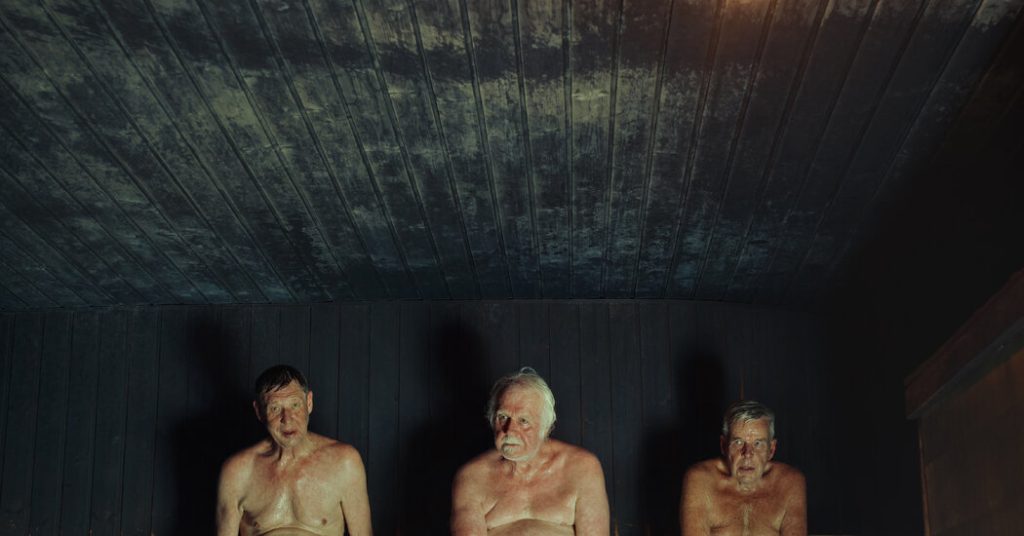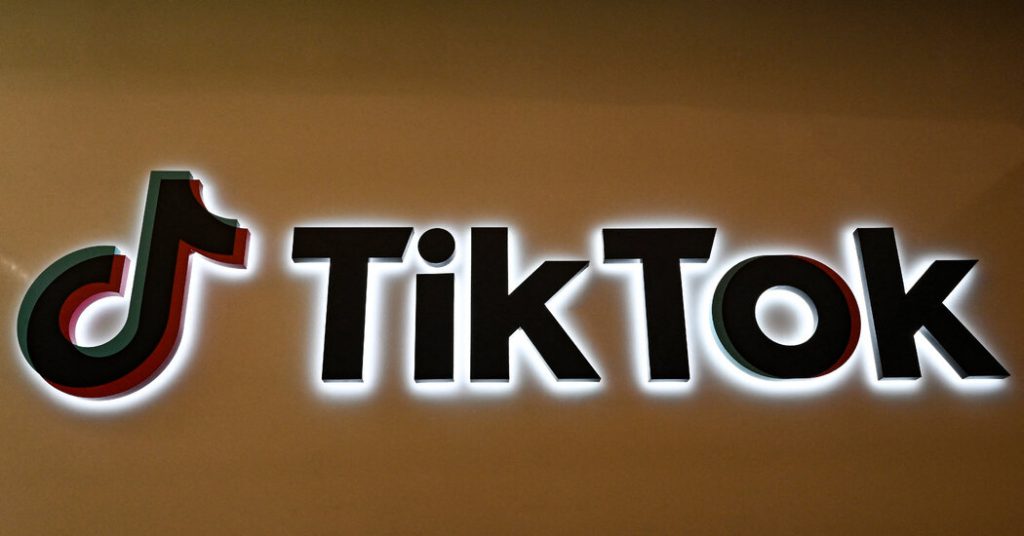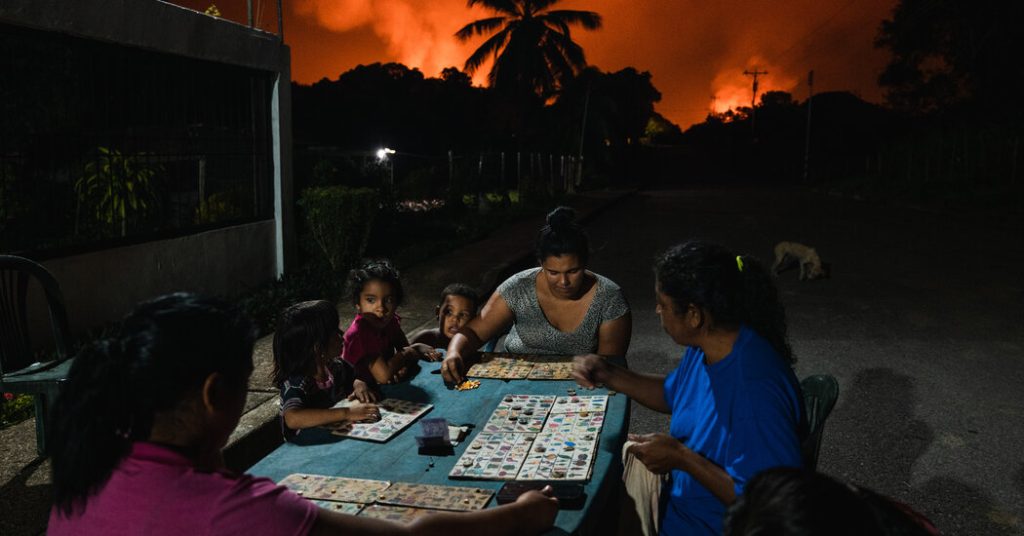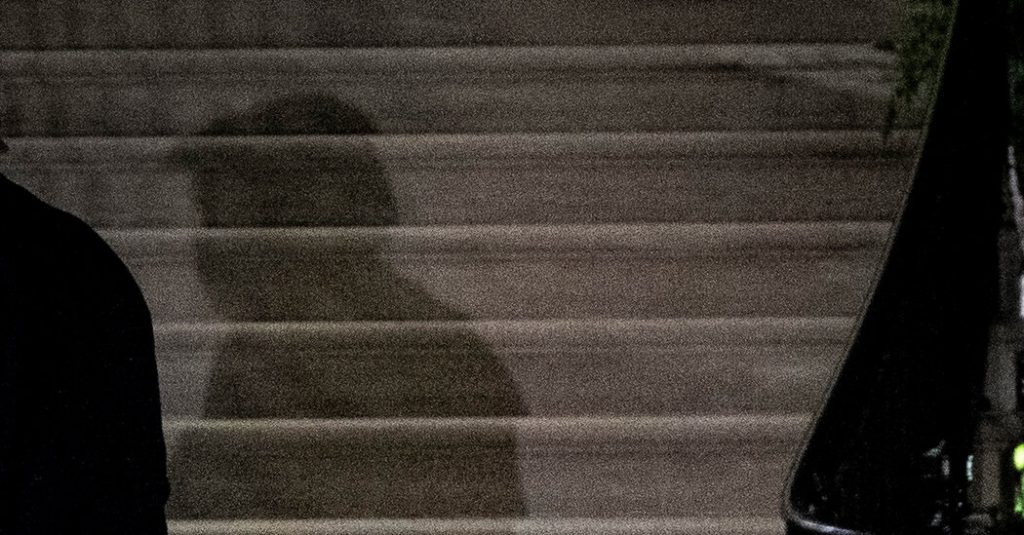“Coming to Helsinki in February is an objectively weird choice,” said a man named Mikko Tirronen. “During this time, we don’t have …” he paused. “… colors.”
I was sitting in a coffee shop with Tirronen, a web developer and writer, after flying to Helsinki to think about happiness. For eight years running, Finland has been rated the happiest country in the world by a peculiar United Nations-backed project called the World Happiness Report, started in 2012. Soon after Finland shot to the top of the list, its government set up a “happiness tourism” initiative, which now offers itineraries highlighting the cultural elements that ostensibly contribute to its status: foraging, fresh air, trees, lakes, sustainably produced meals and, perhaps above all else, saunas.
Listen to this article, read by Julia Whelan
Instead of adhering to one of these optimal itineraries or visiting Finland at the rosiest time of year (any time except the dead of winter), I’d come, to Tirronen’s bafflement, with few plans at all during one of the bleakest months. Would the happiest country on earth still be so mirthful at its gloomiest?
When I explained this, Tirronen recalled a quote by the Finnish author Jukka Viikilä that goes, “Finland is a land where children play in darkness.” The quote was both a metaphor and a descriptive statement, he suggested. Because of the country’s global coordinates, Finnish kids do indeed play in the dark a lot. To avoid being struck by vehicles, they clip decorative reflectors, called heijastin, to their coats. The reflectors come in all shapes: lemon, poodle, swan, hedgehog, soccer ball. Adults wear them, too.
“I joke that going outside without my reflector is a way of inviting suicide,” Tirronen said. “If it happens, it happens.” We were both drinking from small coffee cups, which are prevalent in Finland. Anyone wanting more than a thimbleful of coffee had to pursue refills relentlessly. Tirronen took a sip, emptying his cup. “My partner does not like this joke.”







